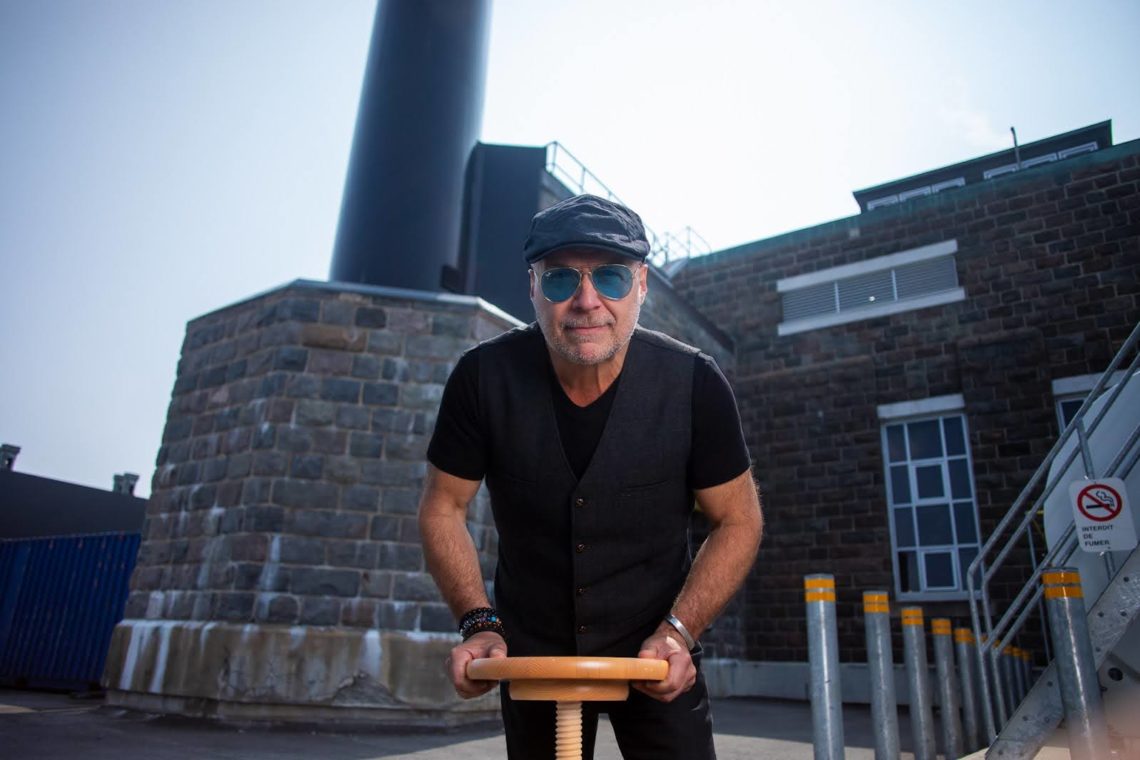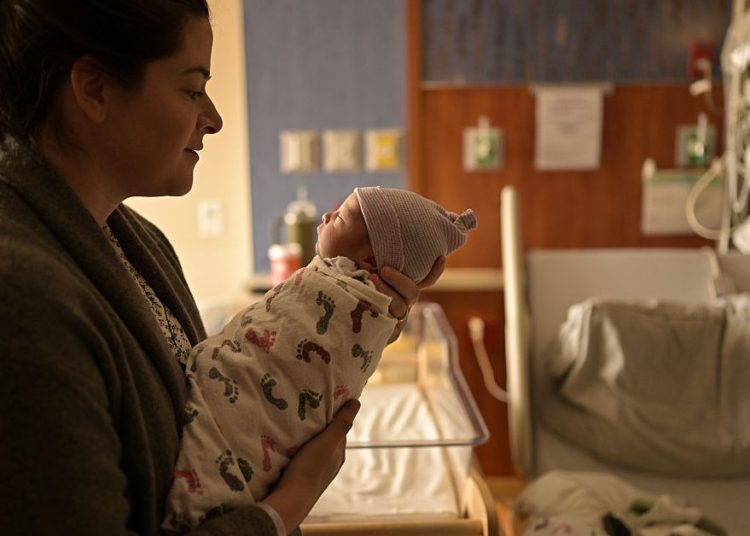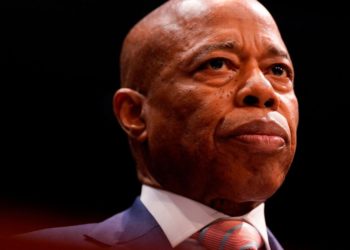Documentary filmmakers have always prided themselves on raising awareness. But here’s the uncomfortable truth: awareness alone rarely changes anything. We’ve exposed corruption, pollution, inequality, and systemic decay for generations. Yet most of those problems persist, only now with better cinematography.
That realization has forced me, as a filmmaker, to confront an industry-wide complacency. We’ve become masters at showing the wound, not healing it.
In an era of nonstop information, raising awareness has become a hollow refrain. Every week brings a new viral short about climate collapse, social injustice, or public health. They’re all beautifully shot, all briefly shared, and all quickly forgotten. Viewers nod, maybe share, and move on.
But the world can’t afford passive spectators anymore. Sedentary lifestyles are cutting lives short, freshwater scarcity is tightening its grip on billions, and our culture of inaction, ironically reinforced by the endless consumption of media, is part of the problem.
The World Health Organization estimates that 1.8 billion people fail to meet recommended activity levels. Two billion individuals still lack access to safely managed drinking water. These are lived realities in our own cities, schools, and homes.
Traditional documentary filmmaking often begins with outrage, an injustice uncovered, a crisis exposed. It’s powerful, but it’s also paralyzing. When audiences are overwhelmed with despair, they disengage. Despair, after all, is not a strategy.
And yet many filmmakers cling to the belief that their role ends with exposure. “We showed it,” they say. “Now someone else will fix it.” But who exactly is someone else? When stories only emphasize collapse, viewers are left with the emotional equivalent of doomscrolling: empathy exhaustion. That’s not progress. That’s burnout.
This reality is why my approach begins with questions, not answers. What if film could do more than document failure? What if it could illuminate practical, replicable ways forward?
That’s the guiding principle behind my work, from “INactive, America’s Silent Killer” to the upcoming “Water: Our Last Drop.” Both projects emerged from listening to teachers, urban planners, scientists, and citizens, all raising the same alarm. Those recurring signals, what I call “the echo,” reveal where change is most urgently needed.
In INactive, I traced how a global inactivity crisis links not just to health, but to urban design, education, and digital life. The film didn’t stop at diagnosis. It put the spotlight on schools integrating movement into lessons, cities redesigning sidewalks, and tech innovators gamifying daily activity. Each example proved a simple truth: small, visible changes can accumulate into broad social shifts.
Similarly, in Water: Our Last Drop, I will tackle freshwater scarcity through the lens of prevention and stewardship. Instead of another elegy for a dying planet, it will focus on local leaders, engineers, and policymakers making tangible progress, from watershed protection to microplastic cleanup. By showing audiences what’s working, not just what’s broken, the film transforms awareness into agency.
Now, some critics might argue that focusing on solutions risks softening the edge of activism, that optimism sanitizes urgency. But the opposite is true. Showing what works doesn’t dilute outrage; it directs it. It channels energy into momentum instead of despair. Viewers don’t need another reminder that the planet is burning. They need to see who’s putting out the fire and how they can join.
I believe the most powerful change begins with visible, repeatable acts (yes, not a sweeping policy or a billionaire’s pledge). Think of a school adding five minutes of morning exercise. A community installing greywater systems. A company swapping single-use plastics.
Films that amplify these stories catalyze impact. They model behavior in real-time. That’s the ripple effect. When viewers see change as attainable, they begin to act accordingly. And behavior, multiplied across millions, becomes culture.
If storytellers fail to evolve, we risk becoming part of the problem, producing content that comforts audiences with catharsis instead of challenging them with accountability. Awareness without action is entertainment.
The camera must not only observe the world but also help build it. Filmmaking, journalism, and art at large must pivot from chronicling despair to mapping solutions. Otherwise, we’re not documenting progress; we’re documenting surrender.
This is a challenge to everyone who consumes stories, not just filmmakers. The next time you watch a documentary or share a clip exposing a crisis, ask: What now? Because the real measure of a story is whether it initiates transformation. The world doesn’t need more awareness. It needs direction.
About the Author:
Karl André Talbot is a filmmaker and media strategist whose work explores the intersection of storytelling and social impact. His films, including the award-winning “INactive, America’s Silent Killer,” focus on solution-driven narratives that inspire behavioral and cultural change. His upcoming sequel, “In Action: The Shift,” continues his mission to transform awareness into measurable impact.
The post Storytellers Should Stop Exposing Problems and Start Fixing Them appeared first on International Business Times.




